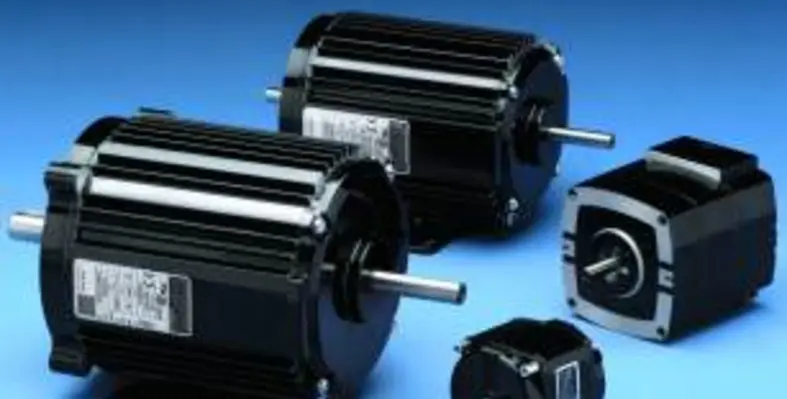The growth of commercial and industrial HVAC units in the Middle East and North Africa (MENA) region has led to the rise in the demand for high-quality products such as electric motors in the systems for different applications
Electric motor is the basic component that is responsible for powering blowers to move air. Electric motors drive compressors to compress refrigerants and also powers pumps or chilled and hot water applications. It is an integral part of all HVAC systems, and many applications would not be possible to implement without electric motors.
In the global electric motors market demand is rapidly shifting towards high and premium energy efficient electric motors with rising awareness about the benefits of energy efficient electric motors and mandatory regulations to use energy efficient electric motors. International Electrotechnical Commission (IEC) is actively working in collaboration with several national regulatory bodies to develop new efficiency classes to design, develop and deploy electric motors.
The type of motor that is used in HVAC systems depends on its application. For example, electric blowers or propeller fans usually require motors that have a low starting torque, while compressors require motors that have high starting torque. This is why it is important for HVAC engineers to select the appropriate motor of the job, else problems will occur throughout the operation of the HVAC system.
The different AC motors that are used in HVACR systems are as follows:
? Split phase motors: These motors are known as the workhorse of the HVAC industry, they are usually used in air conditioners because these motors provide high starting torque. There are two common split phase motors that are used in HVAC applications, the capacitor-start-induction-run motor and the resistance-start-induction-run electric motor.
Capacitor start motors make use of a start capacitor to boost its starting torque. Most of these motors use a centrifugal switch to disconnect the start capacitor from the start winding circuit at the time the motor will reach around 70 to 80 of its run speed.
The resistance-start-induction-run electric motor, on the other hand, has a start winding and a run winding. The two windings are out of phase by 45 to 90 degrees which give the motor a boost on startup. Unlike the capacitor-start-induction-run motor that used a capacitor, this motor makes use of a centrifugal switch to drop the start winding out of the circuit.
? PSC motors: Permanent split capacitor (PSC) electric motors have many HVAC applications. They are used for many refrigeration and air conditioning compressor applications. These motors are single phase electric motors. They are easily reversible from the clockwise to counter-clockwise direction. The PSC motor uses a capacitor and has good running efficiency.
When a PSC motor is used in compressors, it makes use of two capacitors attached to its wiring. The first one serves as a start capacitor to boost the starting torque, and the second is a run capacitor to increase its running efficiency.
? Shaded-pole electric motor: Shaded-pole electric motors in the HVAC industry are usually used only for application fractional horsepower applications wherein the start and run torque requirements are minimal. These motors are used in devices with low starting torque such as electric fans and small pumps. Shaded-pole electric motors do not use capacitors and are not easily reversible.





